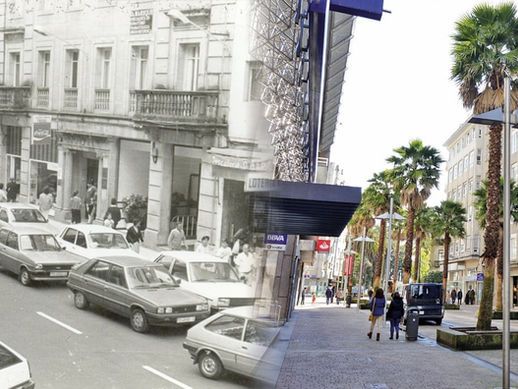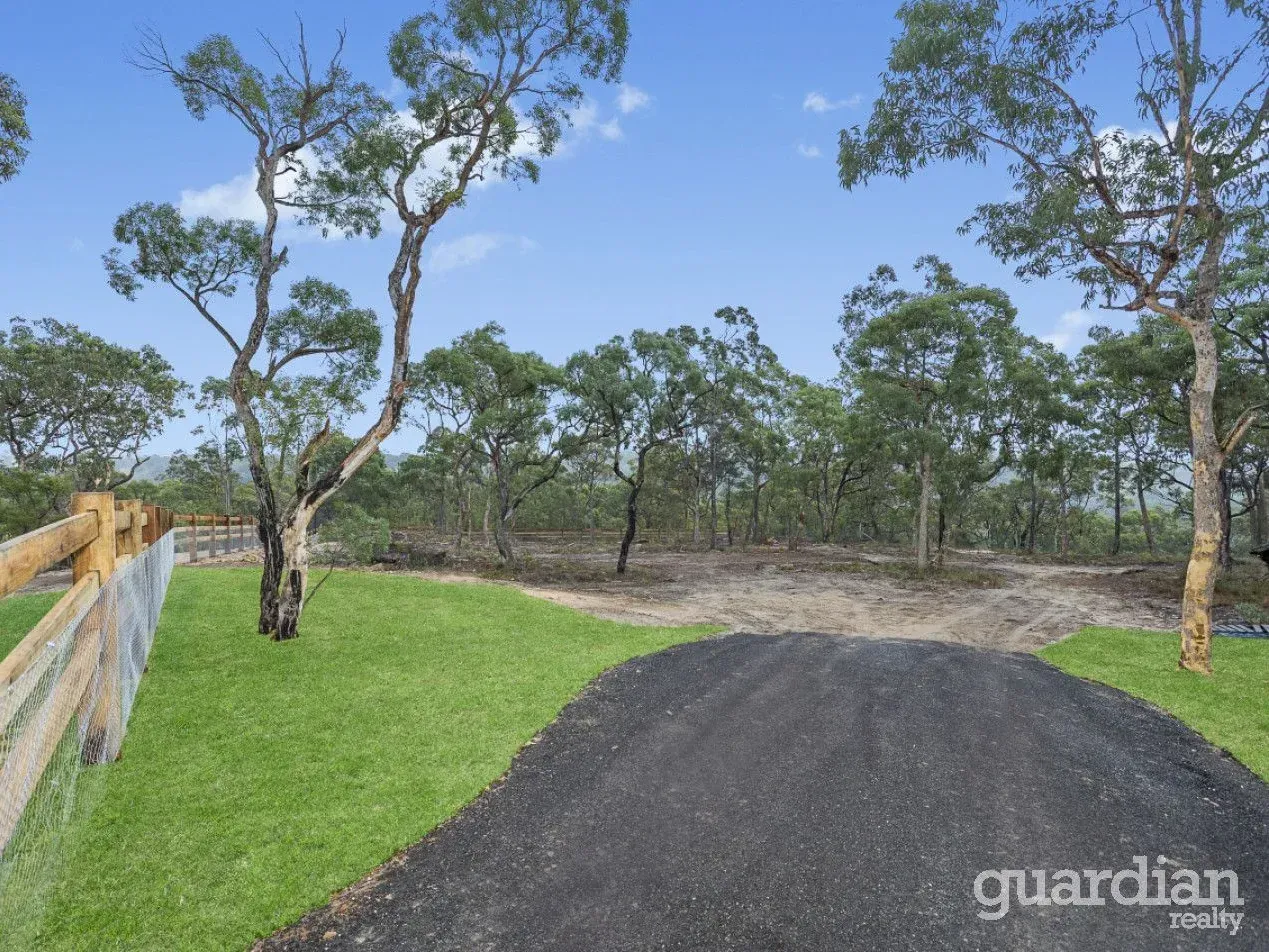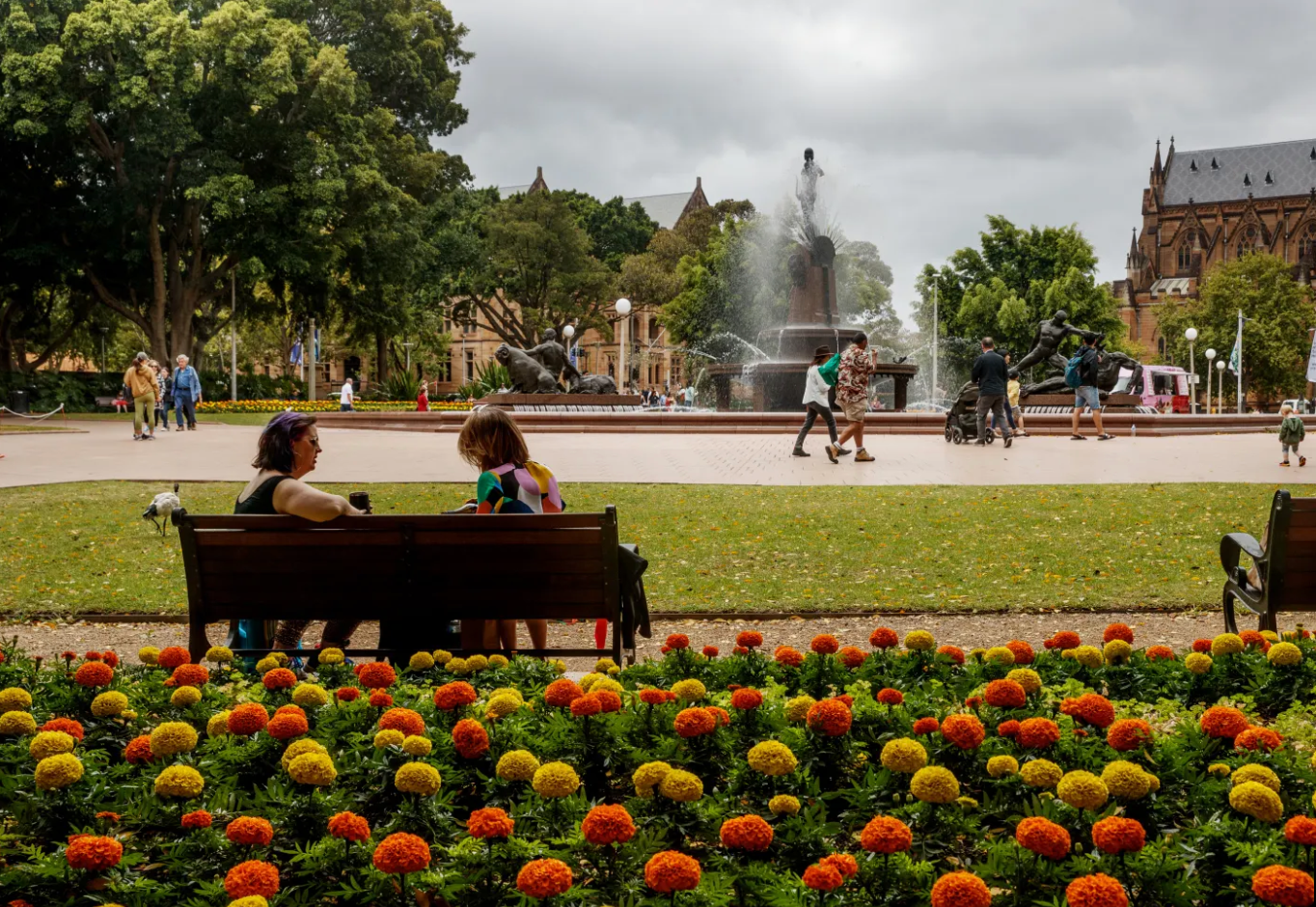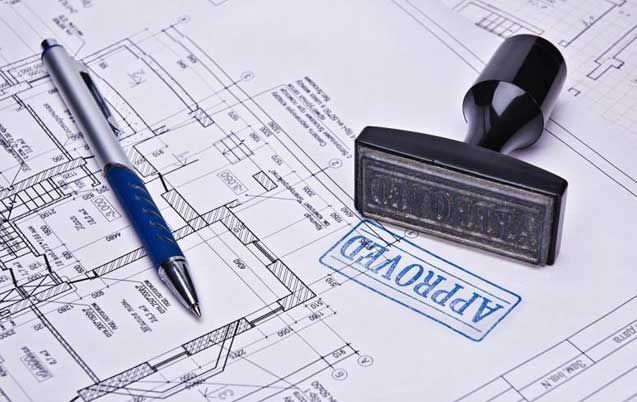The proposed NCC 2025 waterproofing and water shedding provisions
NCC 2025: Fixing Leaks Shouldn’t Break the System
At Sky Planning, we’ve been closely following the impressive advocacy work of the Australasian Concrete Repair & Remedial Building Association (ACRA), particularly around the proposed NCC 2025 waterproofing and water shedding provisions.
Why? Because these reforms—if not amended—could quietly unleash major disruption across NSW’s already overstretched planning system. And the consequences for owners of existing Class 2 strata buildings could be significant.
What’s the issue?
Under the proposed NCC 2025, even small-scale remedial work—like re-waterproofing a balcony—could now require a full Complying Development Certificate (CDC) or Development Application (DA).
That’s right. A straightforward maintenance task that might have previously taken six weeks and cost around $50,000 could now require planners, designers, full documentation, and council or certifier sign-off—dragging out timelines to over 12 months and pushing costs north of $200,000.
ACRA has modelled these impacts in a detailed paper you can find here. I strongly encourage anyone involved in planning, certification, development or strata management to take a look.
The knock-on effects
These changes will place significant strain on owners’ corporations, who already face tight budgets and time-sensitive repair needs. Prolonged delays can also expose them to legal liabilities—like damages claims for loss of rent—while awaiting CDC or DA approval.
We’re also facing a compliance gap. The reforms will require performance solutions that many design professionals may not yet be trained to deliver. At the same time, there’s uncertainty among local councils and certifiers about how these approvals should be assessed—adding further complexity, delays, and cost.
And it’s not just strata owners who will feel the pressure. The ripple effects will hit across the board:
- Remedial contractors
- Private certifiers
- Town planners
- Local authorities
- And ultimately, housing supply
The planning system is already stretched
Let’s not forget: NSW already has the longest DA assessment timeframes in the country. And a staggering 91% of residential DAs are for small-scale alterations, additions, and missing-middle housing.
The system is already clogged with small projects.
The last thing it needs is to be further overwhelmed with
maintenance applications for waterproofing and minor repairs.
In a housing crisis, priorities matter
We are in the middle of a severe housing shortage. Our planning system should be laser-focused on unlocking supply—particularly high-impact, multi-residential development. We cannot afford to waste capacity on process-heavy applications for basic remedial works.
So, what needs to happen?
The Building Commission has confirmed that the adoption of NCC 2025 has been delayed in NSW. This gives us a window of opportunity—but we must use it wisely.
We need an urgent, cross-sector stakeholder consultation process, led by the Commission, to:
- Fully understand the implications of NCC 2025 on existing buildings
- Identify practical solutions
- And ensure remedial works can be delivered without clogging up the planning system
Now’s the time to speak up.
✅ Share this blog post
✅ Tag the Building Commission NSW
Let’s not flood the planning system with DAs and CDCs for waterproofing.
Let’s fix the leaks—without breaking the system.










